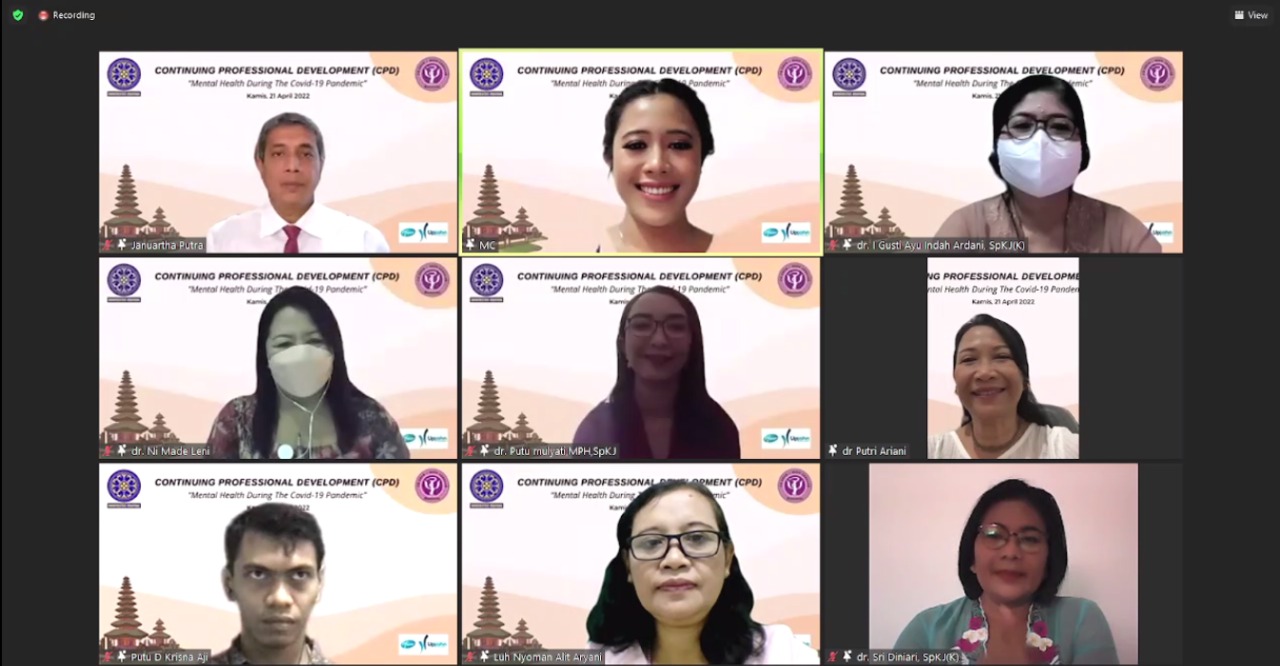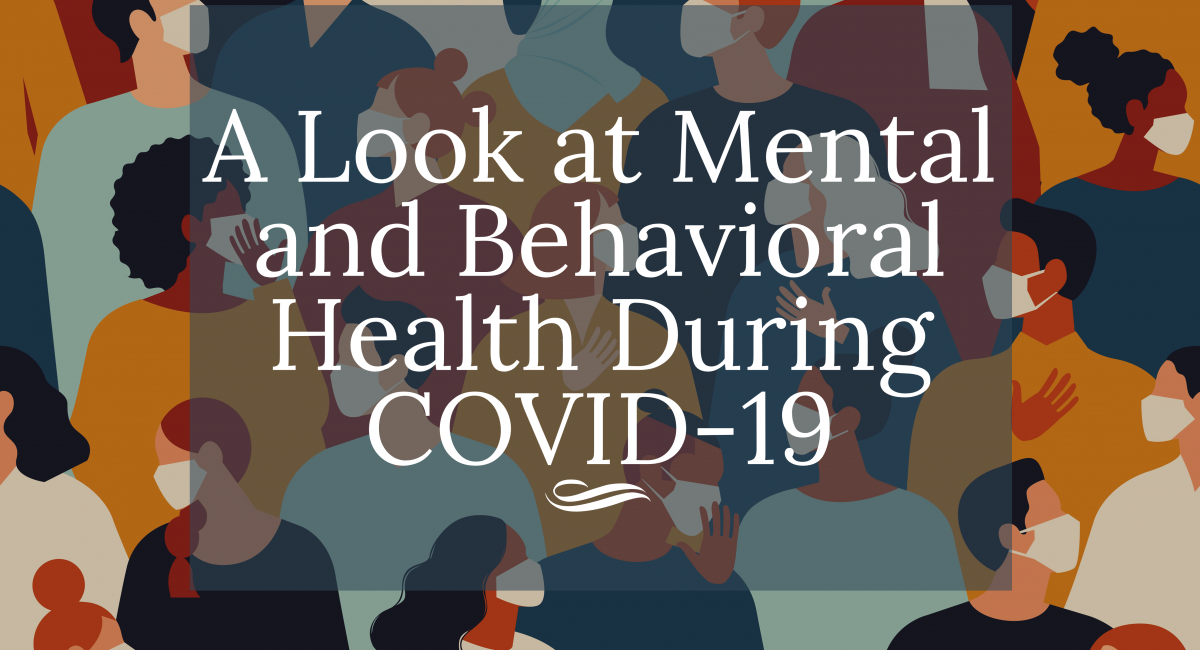Coping with Crisis: Nurturing Mental Health Amid Pandemic

Navigating the Strains: Prioritizing Mental Health Amid the Pandemic
The global pandemic has ushered in an era of unprecedented challenges, impacting not only physical health but also taking a toll on mental well-being. As individuals grapple with uncertainties, isolation, and the collective stress of the crisis, the importance of prioritizing mental health during the pandemic cannot be overstated.
Recognizing the Impact on Mental Well-Being
The pandemic’s pervasive effects extend beyond the physical realm, significantly impacting mental health. Uncertainties about the future, fears of illness, and the social isolation resulting from lockdowns contribute to heightened stress and anxiety levels. Acknowledging and understanding these impacts is the first step in fostering a supportive environment for mental well-being.
Social Isolation and the Role of Connection
Social isolation, a necessary measure to curb the spread of the virus, has inadvertently become a significant factor affecting mental health. The lack of in-person social interactions can lead to feelings of loneliness and exacerbate existing mental health conditions. Fostering connections through virtual means, maintaining relationships, and prioritizing social support are crucial strategies for mitigating the impact of isolation.
Workplace Adjustments and Remote Challenges
The shift to remote work, while necessary for safety, brings its own set of challenges to mental health. Blurred boundaries between work and personal life, feelings of isolation, and the pressure to adapt to a new working environment contribute to stress. Organizations play a crucial role in implementing supportive policies, promoting work-life balance, and offering resources to address mental health challenges in the remote work landscape.
Children and Adolescents: Unique Mental Health Considerations
Children and adolescents, facing disruptions to their education and social lives, also experience unique mental health considerations during the pandemic. The absence of regular routines, limited social interactions, and uncertainties about the future can contribute to anxiety and emotional distress. Prioritizing their mental health involves creating stable environments, maintaining routines, and offering age-appropriate support.
Financial Strain and Its Mental Health Implications
For many, the pandemic has brought about financial strain, with job losses and economic uncertainties becoming prevalent. The link between financial stress and mental health is well-established, and addressing these concerns is crucial. Providing financial resources, offering mental health support services, and promoting financial literacy contribute to a holistic approach to well-being.
Coping Mechanisms and Stress Reduction Strategies
Coping mechanisms and stress reduction strategies are essential tools for navigating the mental health challenges of the pandemic. Incorporating practices such as mindfulness, regular exercise, and creative outlets can alleviate stress and promote mental resilience. Encouraging individuals to identify and adopt coping strategies that resonate with them is integral to their mental well-being.
Destigmatizing Mental Health Conversations
Open and honest conversations about mental health are paramount in destigmatizing the challenges individuals face. Encouraging dialogue, normalizing seeking help, and providing education about mental health contribute to a supportive culture. Organizations, communities, and individuals all play a role in fostering an environment where mental health conversations are met with understanding and empathy.
Access to Mental Health Resources and Services
Access to mental health resources and services is a critical aspect of supporting individuals during the pandemic. Telehealth options, online counseling services, and virtual support groups have become essential tools for ensuring continued access to mental health care. Prioritizing and advocating for mental health resources helps bridge the gap between those in need and the support they require.
Building Resilience for the Long-Term
As the pandemic evolves, building resilience for the long term becomes imperative. This involves not only addressing immediate mental health concerns but also proactively cultivating coping skills and support networks. Investing in mental health resources, promoting mental health awareness, and fostering a culture of resilience contribute to the collective well-being of communities.
To delve deeper into understanding and prioritizing mental health during the pandemic, visit Mental Health During Pandemic. In a world grappling with a global health crisis, nurturing mental well-being becomes a shared responsibility. By recognizing the unique challenges, fostering connection, and advocating for accessible mental health resources, individuals and communities can navigate the pandemic with greater resilience and compassion.
Nurturing Mental Wellness Amidst the Pandemic Challenges

Introduction
The ongoing global pandemic has brought about unprecedented challenges, impacting various facets of our lives. One area that has garnered increasing attention is mental health. Navigating these uncertain times requires a thoughtful approach to maintaining and nurturing mental well-being.
Understanding the Impact
The pandemic has given rise to heightened stress levels, anxiety, and feelings of isolation. Understanding the impact on mental health is crucial for individuals, communities, and healthcare providers alike. Acknowledging these challenges is the first step toward developing effective strategies for support.
Prioritizing Self-Care Practices
In times of uncertainty, self-care becomes a cornerstone of mental health. Establishing routines, getting adequate sleep, engaging in physical activity, and maintaining a balanced diet are essential practices. These not only contribute to physical health but also play a significant role in promoting mental resilience.
Fostering Connection in a Virtual World
Social distancing measures have physically separated us, but it’s imperative to foster connection in a virtual space. Utilizing technology for virtual gatherings, maintaining regular communication with loved ones, and participating in online communities help combat the feelings of isolation that can impact mental well-being.
Seeking Professional Support
For many individuals, seeking professional support has become an integral part of managing mental health during the pandemic. Teletherapy and online counseling services have proven to be effective in providing timely and accessible support. Removing the barriers to seeking help is crucial for overcoming the stigma associated with mental health issues.
Addressing Workplace Mental Health
Remote work and changes in work dynamics have brought forth new challenges for employee mental health. Employers play a pivotal role in creating a supportive work environment, implementing mental health programs, and fostering open communication. Prioritizing the well-being of employees contributes to a healthier and more productive workforce.
Coping with Uncertainty
Uncertainty about the future can contribute significantly to stress and anxiety. Developing coping mechanisms to manage uncertainty is essential. Mindfulness practices, such as meditation and deep breathing exercises, can help individuals stay grounded and focused on the present moment.
Encouraging Open Conversations
Breaking the silence surrounding mental health is crucial for fostering understanding and support. Encouraging open conversations within families, communities, and workplaces helps create a supportive atmosphere where individuals feel comfortable sharing their struggles and seeking assistance without judgment.
Recognizing Signs in Others
Being attuned to the well-being of friends, family, and colleagues is essential. Recognizing signs of distress and offering support can make a significant difference. Mental health is a collective responsibility, and creating a compassionate and empathetic community contributes to the overall resilience of society.
Conclusion with Link
In conclusion, prioritizing mental health during the pandemic is vital for individual and collective well-being. By understanding the impact, fostering connections, seeking professional support, and encouraging open conversations, we can navigate these challenging times with resilience. For further insights into maintaining mental health during the pandemic, visit The Healthy Consumer website. Stay connected, stay well.
Navigating Life: Social Distancing in the Pandemic Era

Adapting to Change: Navigating Life Through Social Distancing in the Pandemic Era
The global pandemic has reshaped the way we live, work, and interact. Central to these changes is the practice of social distancing, a necessary measure to curb the spread of the virus. As we navigate life in this new normal, understanding the impact of social distancing and adopting strategies for its effective implementation becomes essential.
The Rationale Behind Social Distancing
Social distancing serves as a critical tool in reducing the transmission of infectious diseases, including COVID-19. By minimizing close contact between individuals, especially in crowded spaces, the spread of the virus can be slowed, protecting both individuals and the broader community. Understanding the rationale behind social distancing is fundamental to its successful implementation.
Challenges in Maintaining Social Connections
While the necessity of social distancing is clear, it comes with challenges, particularly in maintaining social connections. Human beings are inherently social creatures, and the physical separation mandated by social distancing measures can lead to feelings of isolation and loneliness. Finding innovative ways to stay connected becomes paramount.
Virtual Connectivity: Bridging the Gap
In the digital age, virtual connectivity has emerged as a crucial bridge to overcome the challenges posed by physical distancing. Video calls, virtual meetings, and online social platforms have become lifelines for maintaining connections with friends, family, and colleagues. Leveraging technology to foster virtual social interactions is an essential aspect of adapting to this new way of life.
Navigating Changes in Work and Education
Social distancing has profoundly affected the workplace and educational institutions. Remote work and online learning have become the norm, requiring adjustments in daily routines and approaches to collaboration. Adapting to these changes involves creating effective home workspaces, embracing digital tools, and finding a balance between professional and personal life.
Impact on Mental Health: Addressing Isolation and Stress
The isolation resulting from social distancing measures can have a significant impact on mental health. Feelings of loneliness, anxiety, and stress may arise. Acknowledging these challenges and actively seeking strategies for mental well-being, such as regular exercise, mindfulness practices, and staying connected virtually, are crucial for maintaining mental health in the pandemic era.
Reimagining Social Activities: Safety First
Social distancing doesn’t mean the end of social activities; rather, it requires a reimagination of how we engage with others. Outdoor activities, virtual events, and small, safely distanced gatherings become key components of socializing while prioritizing safety. Adhering to public health guidelines ensures that social interactions contribute to rather than compromise community health.
Community Support and Solidarity
The pandemic has underscored the importance of community support and solidarity. Acts of kindness, mutual aid initiatives, and supporting local businesses are ways in which communities can come together during these challenging times. Building a sense of solidarity fosters resilience and strengthens the collective response to the pandemic.
Balancing Caution and Connection
As vaccines become more widely available and restrictions evolve, finding the right balance between caution and connection is crucial. Adapting to changing circumstances while prioritizing public health guidelines ensures a responsible and considerate approach to social interactions. Flexibility and ongoing awareness are key to navigating the uncertainties of the pandemic era.
Looking to the Future: Lessons Learned and Resilience
Social distancing has been a central aspect of navigating the challenges posed by the pandemic. As we look to the future, the lessons learned from adapting to social distancing – resilience, innovation, and a renewed appreciation for human connections – will shape the way we approach public health and community well-being in the post-pandemic world.
For more insights on navigating life through social distancing, visit Social Distancing Pandemic.





